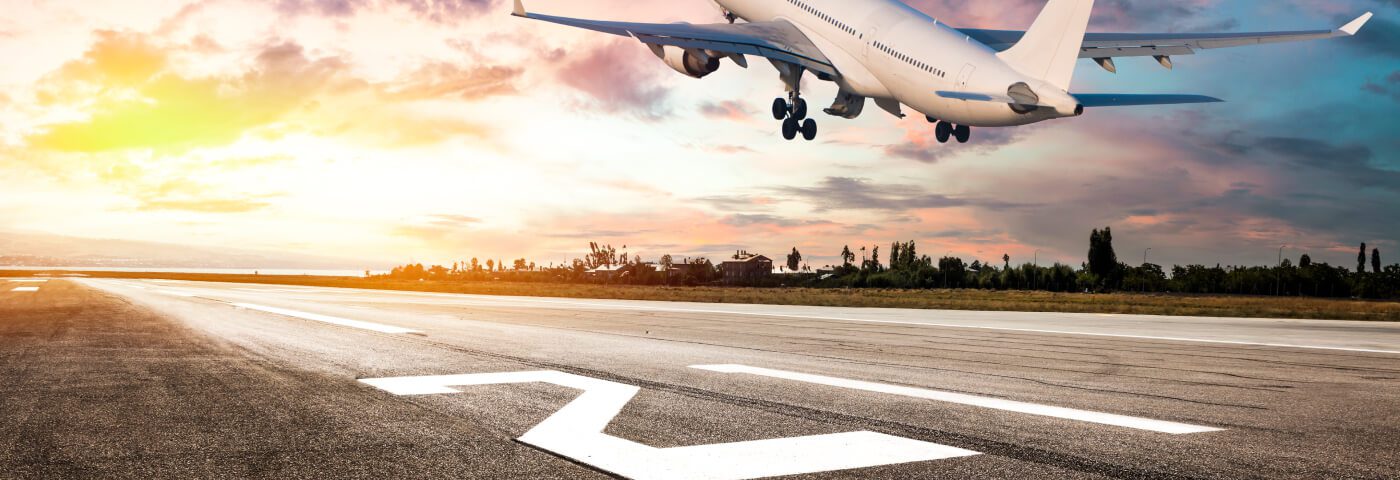Not so long ago the main preoccupation of passenger experience thinkers at airlines was how to get travellers in seats and to keep everyone happy.
That was the old reality, but if any message has emerged from recent trend-spotting reports from organisations such as Euromonitor, Springwise and Trendwatching, consumer awareness and expectations have significantly shifted. Let’s have a closer look at those new expectations.
The brand will be key for airlines
Specifically, customers are predicted to be much more brand conscious regarding those organisations that make positive contributions to the sustainability of our planet and our societies. The need for clean, driven by the pandemic, is here to stay. And the adoption of digital technologies that bridge the physical distance between us will continue to accelerate.
Trends that were just over the horizon not so long ago, are now established fact. Digging into the detail reveals both the need to change quickly and areas of opportunity for the coming year.
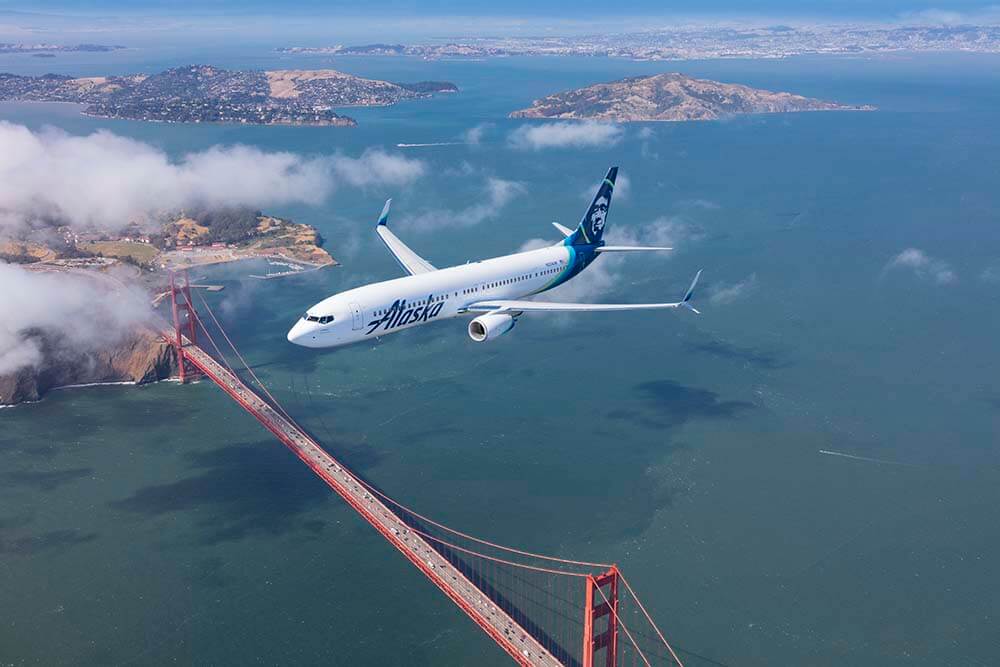
The recovery is seen as the chance for a green reset. This is underscored by Euromonitor International’s Top 10 Global Consumer Trends 2021, which advocates a shift from a volume- to a value-driven economy. “Brands that rebuild a greener and more equitable world could gain not only a competitive advantage but also the necessary social licence, or trust of society, to operate,” it predicts.
Furthermore, this shift is echoed in 5 Forces of Disruption, the 2021 forecast from Re_Set Advisory and Springwise, which highlights that seven in ten consumers intend to make permanent behavioural changes to improve their response to the climate emergency. Quick fixes will not cut it, instead, they must look to make meaningful changes, such as de-carbonisation and elimination of plastics throughout the supply chain. “Sustainability must permeate every aspect of doing business,” state the innovation specialists.
A continued focus on sustainability for airlines
The business opportunities identified in Trendwatching’s 21 Trends for 2021 include transcycling, where brands make use of their waste to enter new markets. Another is carbon labelling, whereby revealing the true (hidden) cost of products will win customer trust and competitive advantage. It cites a pop-up shop launched by Swedish food brand Felix, where items are priced according to their carbon footprint, saying this approach is spreading to restaurants and fashion brands as well.
We all know that ultimately travellers will expect their consumer experiences on the ground to be reflected in the air, so how should the interiors community respond? For some time now SEKISUI KYDEX’s focus has been to ensure that the lifecycle of its products is sustainable and materials are 100% recyclable. As part of the full lifecycle approach, it partners with the Aircraft Interior Recycling Association (AIRA) to implement recycling streams for materials that reach the end of their use.
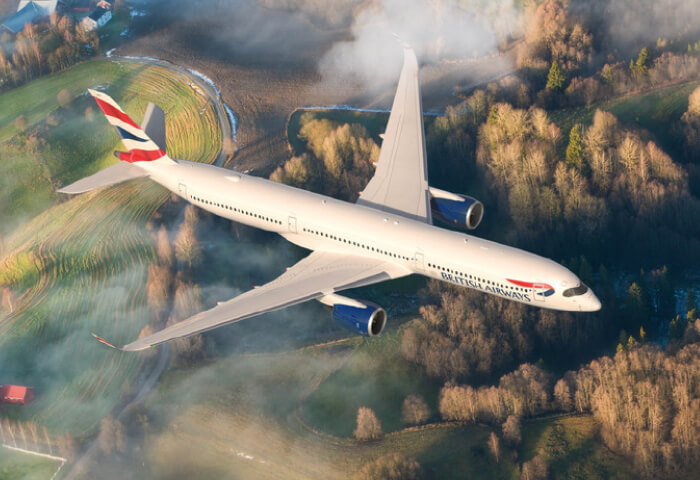
Talking with Design Director Karyn McAlphin, circular solutions will be the way forward. She goes on to say: “Socially conscious brands will pursue lighter weight alternatives, redesign structures we’ve relied upon for years, and determine how to take things apart at their end of life to upcycle for different purposes. Ultimately, brands viewed as contributing to a cleaner, healthier, more equitable world will gain a competitive advantage.”
Safe to fly initiatives needed across the industry
Reassuring passengers that it is safe to fly by implementing rigorous cleaning regimes, plus investigating antimicrobial surfaces and materials have been key to the interiors sector’s pandemic strategy. What Euromonitor calls safety obsessed (but might be more easily understood as hygiene obsessed) is not just desirable, but as good as mandatory, with customers expecting efficiency and cleanliness.
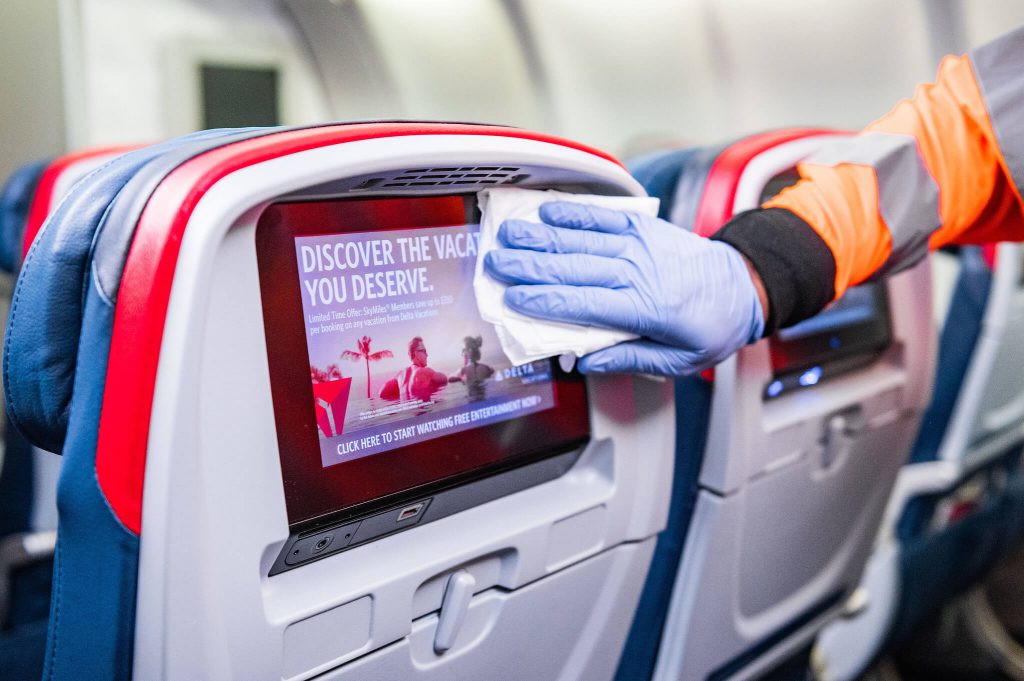
Definitions of wellness will expand to include mental wellbeing, with Trendwatching spotlighting products and services that seamlessly boost mental and emotional health as an innovation opportunity. Think about it for a moment. Even before the pandemic, stress has been hardwired into the journey for many passengers. How then should onboard environments and services be developed to alleviate that stress and make travellers better informed and so feel more in control?
A touchless future onboard aircraft
Another aspect of the past year’s need for clean has been going touchless. In our everyday lives, card and mobile payments have dominated the shopping experience when we are able to go outside. While air travel initiatives have ranged from Emirates and the International Air Transport Association (IATA) trialling a digital COVID-19 pass to Jamco and ANA teaming up on a hands-free lavatory door.
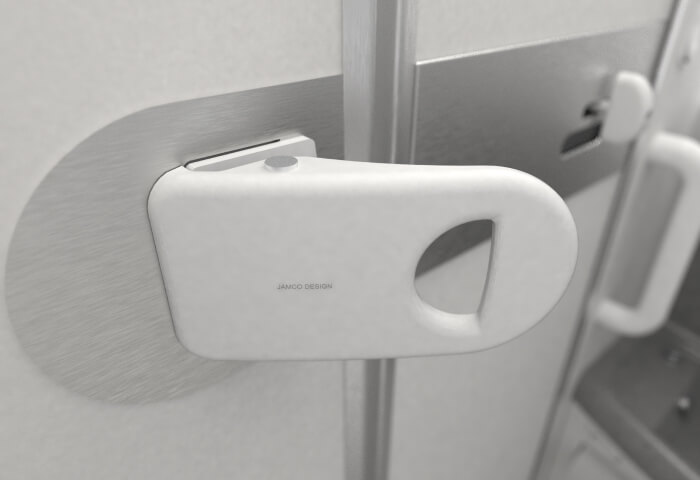
Going touchless complements, the third force for disruption – high-speed adoption of digital technologies. Re_Set and Springwise observe that a comprehensive digital strategy is now essential. In response to the pandemic, businesses have been experimenting with everything from virtual showrooms to social shopping that blends e-tailing with social media. They predict that other content-first strategies are likely to emerge such as using digitisation to drive greater personalisation.
The realms of the physical and virtual are no longer distinct separate entities. Consumers now rely on digital tools for daily activities, with Euromonitor noting that consumers, especially younger people, are indifferent as to whether these activities are physical or virtual; they no longer distinguish between the two.
2021 will still be challenging for airlines
2020 has changed the culture around flying. B2B or B2C, customers and passengers are questioning everything we did before. How the passenger experience community rises to these challenges in 2021 will have a far-reaching impact in the years to come. What is clear is that shape of the industry in 2021 is already looking very different from the way we imagined just a year ago.


